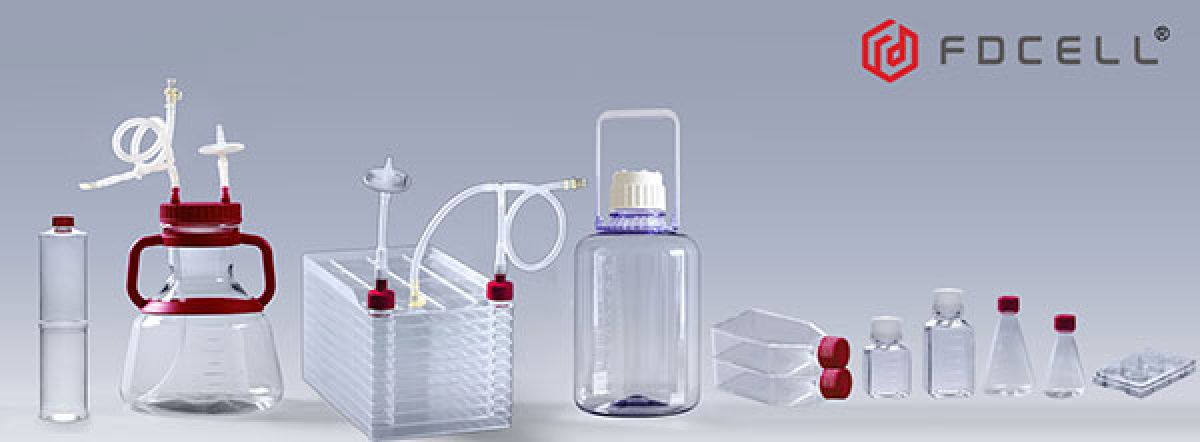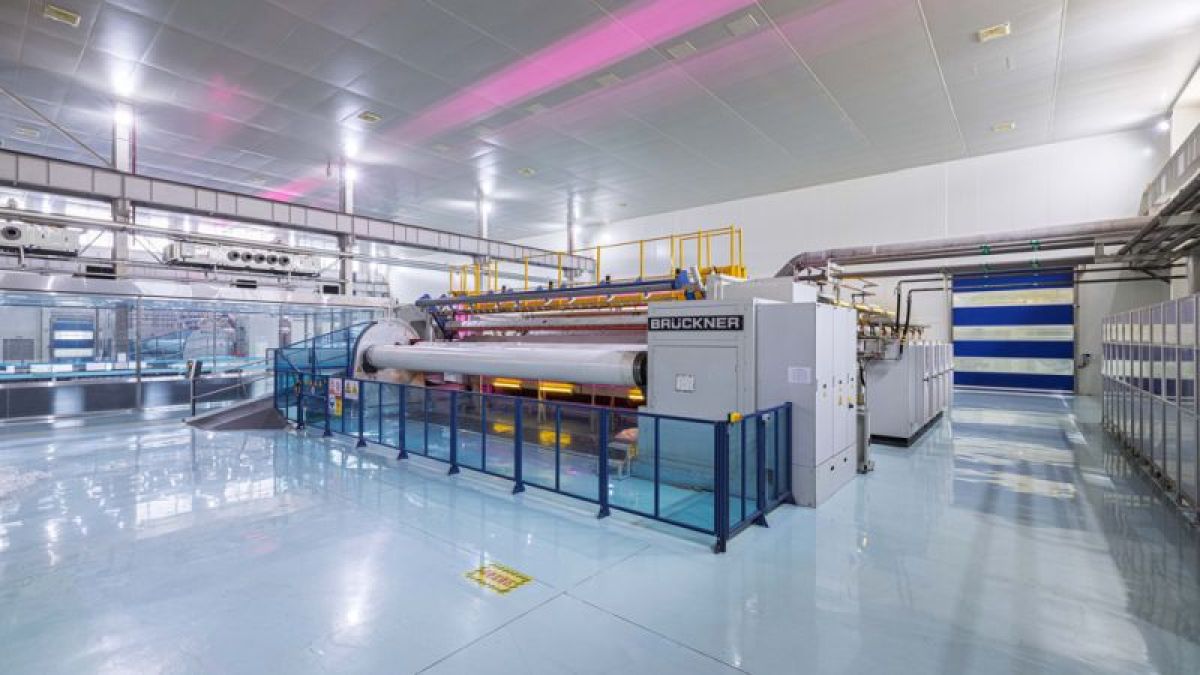Professional overview of key stages in cell culture scale-up - from lab flasks to cell factories. Learnhow reliable consumables ensure industrial success.
In the biopharmaceutical and life science industries, cell culture serves as the critical bridge between research and production.
Whether for monoclonal antibodies, vaccines, or cell therapy products, the transition from small-scale laboratory culture to large-scale manufacturing depends on one essential process — cell culture scale-up.
Scale-up is not simply about increasing the culture volume; it involves systematic optimization of environmental control, vessel design, and process consistency.
I. The Starting Point: Cell Culture Flasks in Research Laboratories
At the laboratory stage, cell cultivation is typically performed using T25, T75, T175,or T225 flasks.
The main objectives at this phase include:
Establishing stable cell lines;
Conducting early-stage screening or viral vector construction;
Evaluating cell growth characteristics and metabolic profiles.
Researchers prioritize flexibility and visual monitoring, which makes surface treatment uniformity, optical clarity, and gas exchange efficiency of culture flasks essential to experimental success.
Tip: High-transparency polystyrene with optimized hydrophilic surface treatment significantly improves the adhesion and viability of adherent cells.
II. Scaling Up: From Single Flasks to Parallel Cultures
As experimental demands grow and production needs increase, scientists often adopt parallel multi-flask culture to expand cell quantity.
This stage is used for:
Process optimization and scale-up parameter verification;
Evaluation of seeding density and culture cycle;
Coordination between upstream culture and downstream purification processes.
While parallel flasks can temporarily boost production, as the number of flasks rises, so do operational complexity, space requirements, labor costs, and contamination risks.
At this point, transitioning to a cell factory system becomes the logical next step.
---
III. The Core Platform for Scale-Up: Advantages of Cell Factories
The cell factory system is now the mainstream platform for adherent cell expansion.
Its multilayer structure significantly increases the available surface area per unit space, making it ideal for medium- and large-scale production of vaccines, viral vectors, monoclonal antibodies, and cell therapy products.
Successful scale-up using cell factories depends on three key consistencies:
1. Environmental consistency – uniform gas and liquid distribution across all layers;
2. Operational consistency – standardized filling and harvesting to minimize manual errors;
3. Quality consistency – stable cell states and product expression across batches.
Modern cell factories are manufactured in Class C cleanrooms using high-precision injection molding.
Combined with standardized connection ports, they enable fast, safe, and contamination-free operation.
IV. Critical Control Points During Scale-Up
Cell culture scale-up is not a simple linear multiplication — it requires balancing multiple parameters simultaneously:
Dissolved oxygen and pH control – as volume increases, oxygen transfer efficiency decreases, requiring optimized thin-layer design and gas exchange structures.
Nutrient distribution – large-scale systems must avoid gradient formation to ensure uniform cell growth.
Shear stress management – excessive liquid movement can cause cell detachment.
Contamination control – single-use systems and closed operations are key for GMP compliance.
Among these factors, the design and material quality of consumables often determine whether the scale-up process succeeds.
V. The Future: Automation and Digitalization
Today, cell culture is entering the era of automation and digital intelligence.
Automated filling systems, real-time monitoring sensors, and data-driven process control are transforming biomanufacturing:
Automated cell factory systems reduce manual operation errors;
Data tracking enables more accurate process optimization;
Intelligent environmental control maintains optimal culture conditions continuously.
This shift enhances production efficiency while ensuring traceability and compliance under GMP requirements.
VI. Conclusion
From a single T-flask to a 40-layer cell factory, cell culture scale-up represents the leap from science to engineering.
Each step demands precise control over cellular behavior, environmental stability, and material performance.
Reliable, clean, and standardized cell culture consumables are the foundation for successful industrial-scale production.
By perfecting every detail, we can ensure that laboratory achievements evolve into industrial breakthroughs.




